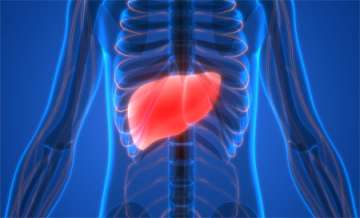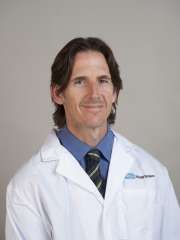Liver Transplant Anesthesiology

The Division of Liver Transplant Anesthesiology at UCLA provides care for solid organ abdominal transplantation including liver, small bowel, multi-visceral and combined liver-kidney recipients in adult and pediatric patients. Our team members have a wealth of experience managing critically ill solid organ transplant patients at one of the largest transplant centers in the nation.
Clinical Services
Our division provides 24 hour a day call coverage for all liver transplant surgeries. In addition, our division is highly involved in the preoperative assessment of transplant candidates and work closely with consultants for the optimization of liver transplant patients prior to surgery.
Education
The goal of our Liver Transplant Anesthesiology Fellowship is to prepare physicians for an academic career that focuses on the perioperative care of high-acuity abdominal transplant patients. Fellow physicians have a blended role, caring for liver transplant recipients and working as staff anesthesiologists. During this one-year program our fellows physicians perform clinical research, undertake academic projects, and receive specialized training in transesophageal echocardiography, blood transfusion medicine, and liver transplant critical care.
Learn more about our Liver Transplant Anesthesiology Fellowship
Through the UCLA Liver Transplant Anesthesiology rotation, our CA-2 and CA-3 resident physicians receive intensive experience in the intraoperative management of liver transplant patients. A one-month rotation that is paired with vascular anesthesia, resident physicians are also exposed to an array of major abdominal surgeries including liver resections, surgical oncology and open vascular surgery. Residents physicians receive an active educational curriculum focused on unique aspects required for the management of critically ill abdominal organ transplant patients.
Research
Our division is focused on clinical research with the goal to further advance the understanding of the specialty of liver transplant anesthesia. Central to this mission is an ongoing prospective database of every liver transplant case performed at UCLA. Encompassing nearly 20 years of clinical data, our faculty have published important clinical studies in transplant-related journals. Our faculty members are recognized as experts in the field of liver transplant anesthesia and have authored chapters in textbooks and contributed to the publications of multidisciplinary consensus-based guidelines. In addition, our division has supported many international scholars who have undertaken further research training in liver transplant anesthesiology at UCLA.










